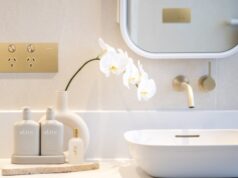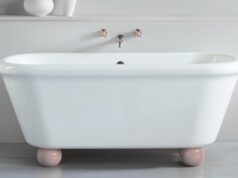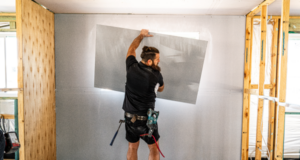
Dual flush toilets make a big difference in terms of the water efficiency of toilets.

The dual flush toilet has been with us for over thirty years. Since its introduction, it has undergone radical redesigns to produce some of the most water efficient toilets in the world. The dual flush toilet system was invented in 1980 by Bruce Thompson, at the time working with Caroma. The first dual flush system released 11 litres on full flush and 5.5 litres on half flush. When a trial in a small town yielded a net saving of 32,000 litres of water per year per household, legislation was soon passed in every state except NSW to have dual flush toilets installed in all new buildings. Caroma then redesigned their toilet to use even less water, dropping down to 6 and 3 litres respectively – close to half of what it used before.
Modern dual flush toilets
Toilets in Australia today are subject to the Federal Government’s Water Efficiency Labelling and Standards (WELS) scheme, which gives them a star rating based on how water efficient they are. Today’s models are achieving WELS ratings of four stars using just 4.5 litres on full and 3 litres on half flush. Dual flush toilets have made significant headway into Europe, and have been accepted around the world, now being exported to 30 countries.
How to use dual flush toilets
Dual flush toilets need to be used correctly to achieve the right level of water savings; the full flush is for solid waste, while for liquid waste, the half flush should be used. Using the full flush button every time will not save a significant amount of water over a single flush model. These toilets are designed to save you water, which in the long term means money too, so it is well worth using them properly. There are no significant disadvantages to a dual flush system.
Because dual flush toilets are more complex than single flush models, they are a little more expensive. To offset the additional cost and provide an incentive to purchase these toilets to fit into older homes though, there are rebates available in NSW, Victoria, SA and ACT. The rebates offer various cashback amounts and have certain criteria that need to be met in order to claim the rebate. For more information on the rebates, visit the website for your state branch of government or contact your water supplier.





